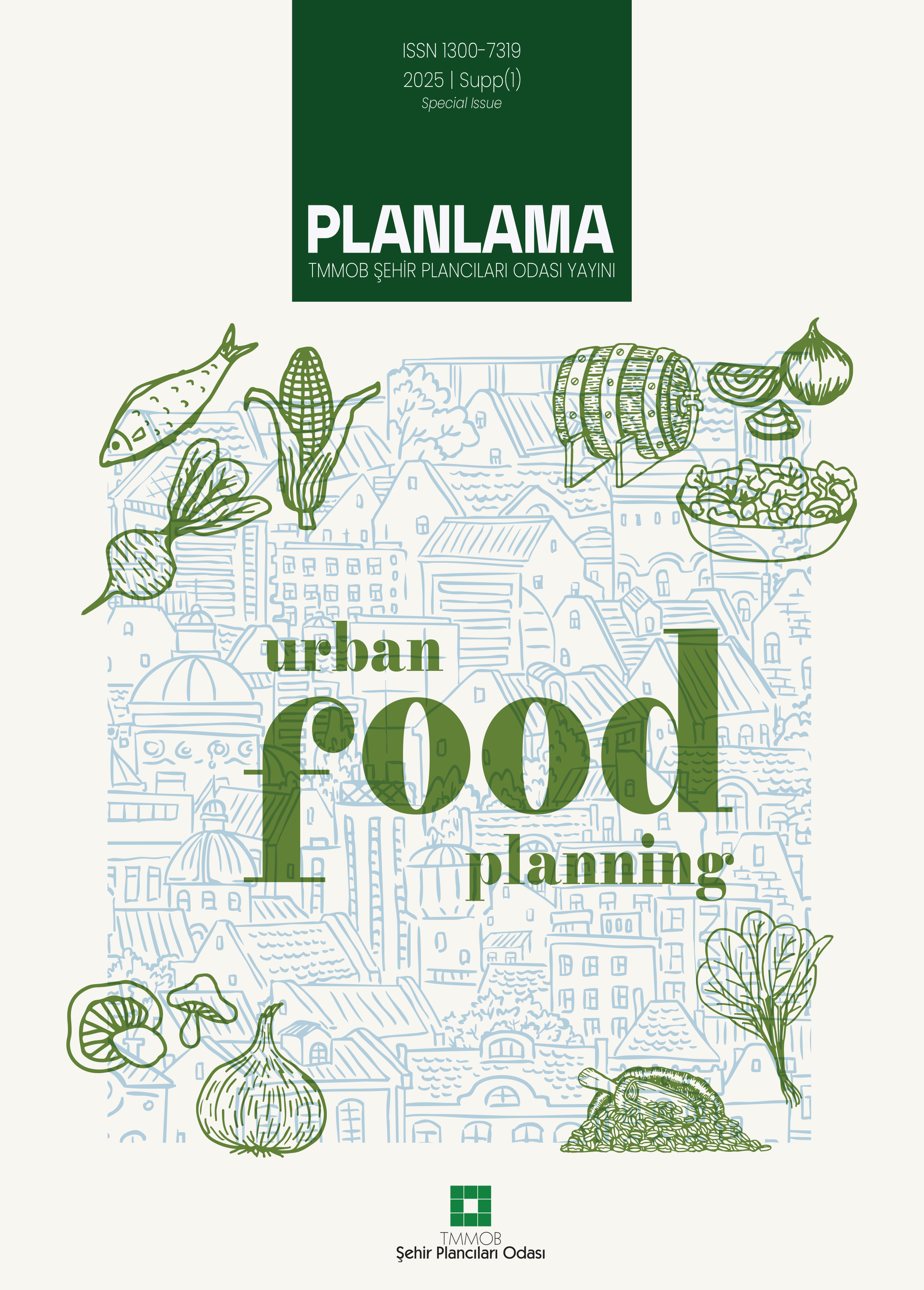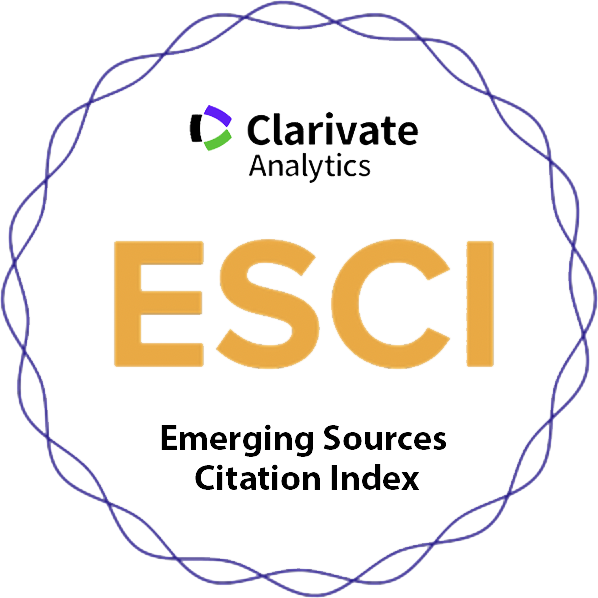Tarım-gıda Coğrafyalarının Yerel Varyasyonları: Konya Un Sanayicilerinin Buğday Meta Zincirlerinde Bölgesel Bağlantıları
Caner Murat Doğançayır, Yiğit EvrenYıldız Teknik Üniversitesi, Mimarlık Fakültesi, Şehir ve Bölge Planlama Bölümü, İstanbulTarım-gıda coğrafyası tarım ve gıdayla ilgili meselelerin mekânsallaştırılmasında faydalı bir alt disiplin olduğunu kanıtladı. Disiplinlerarası çabasıyla geliştirdiği teorik derinlik ve kavramlar, seçtiği konular bolca yaklaşım seti sunarken, odağı belirli tarımsal gıda metalarında, bölgelerinde ve sektörlerine yoğunlaştı. Tüm bunların yanında, bu türden bir akademik gayretin Türkiye gibi pek keşfedilmemiş bölgelere, buğday ve buğday unu gibi gözden kaçırılmış analiz nesnelerine, gıdanın yolculuğunda görece sahipsiz bırakılmış gıda işleme sektörüne (bu çalışma için un imalatının) yönelmesi gerekmekte. Bu minvalde, makalede öncelikle yazının ilgili konu ve kavramlarını özetlemekte. Ardından, konvansiyonel tarım-gıda coğrafyasıyla ilgili temel savlara ve Türkiyenin buğday meta zincirlerindeki özgün konumuna dayanarak, çalışmada Orta Anadolu Türkiyesinin önde gelen sanayi şehirlerinden Konyadaki un imalat endüstrisinin ileri bağlantıları incelenmekte. Makalede, un imalatçılarının gıda meta zincirlerindeki konumlanış ve mekânsal düzenlemeleri üç ölçekte ve üç aktör grubu üzerinden gösterilmiştir: küresel ölçekte tahıl ticaretiyle, ulusal ölçekte perakende zincirleriyle ve bölgesel ölçekte pastane ve fırınlarla kurdukları kanallar. Değirmencilerin bu türden mekânsal düzenlemelere dahil olma veya düzenlemelerin dışında kalmaları, meta zincirlerindeki bağlantılarda oluşan eşitsiz mekânsal örüntüleri ortaya çıkartmaktadır. Çeşitli tarımsal gıda metalarının üretim ve dolaşım mekanizmalarına yönelik anlayışımızı geliştirmemiz mekânsal araştırmacılar ve kentsel ve bölgesel gıda planlamasında politika geliştirenler için yeni alanlar açabilir.
Anahtar Kelimeler: Tarım-gıda coğrafyası, un sanayi; bölgesel meta zincirleri.Local Variations of Agri-food Geographies: Regional Linkages of Konya Flour Manufacturers Along the Wheat Commodity Chains
Caner Murat Doğançayır, Yiğit EvrenDepartment of Urban and Regional Planning, Yıldız Technical University Faculty of Architecture, İstanbul, TurkeyAgri-food geography proved itself to be a useful subdiscipline in spatializing the issues around agriculture and food. While its theoretical depth and concepts it developed and themes it chose through interdisciplinary efforts provided plentiful sets of approaches, the focus has been on particular agrifood commodities, territories and sectors. Nevertheless, it is necessary to call for such academic efforts towards undiscovered territories like Turkey, towards neglected objects of analysis such as staple foods like wheat and wheat flour, and towards relatively desolate sections of food journeys like food processing, in this case flour manufacturing. In this vein, this article first summarizes the relevant themes and concepts of the literature. Then, relying on the major arguments on conventional agri-food geographies and the unique position of Turkey in wheat commodity chains, this study examines the forward linkages of the flour manufacturing industry in Konya, the prominent industrial city of Central Anatolian Turkey. In this paper, flour manufacturers positioning and spatial arrangements within the wheat commodity chain are illustrated on three scales and via three group of actors: channels they bridge through grain trade in global scale, retail chains in national scale, and patisseries and bakeries in regional scale. Millers incorporation with or exclusion from these spatial arrangements reveal the uneven spatial patterns emerged in relation with their linkages along the commodity chain. Improving our understanding of the mechanisms of production and circulation of different agrifood commodities would provide new terrains for spatial researchers and policy makers in urban and regional food planning.
Keywords: Agri-food geography, flour manufacturing; regional com-modity chains.Makale Dili: İngilizce














